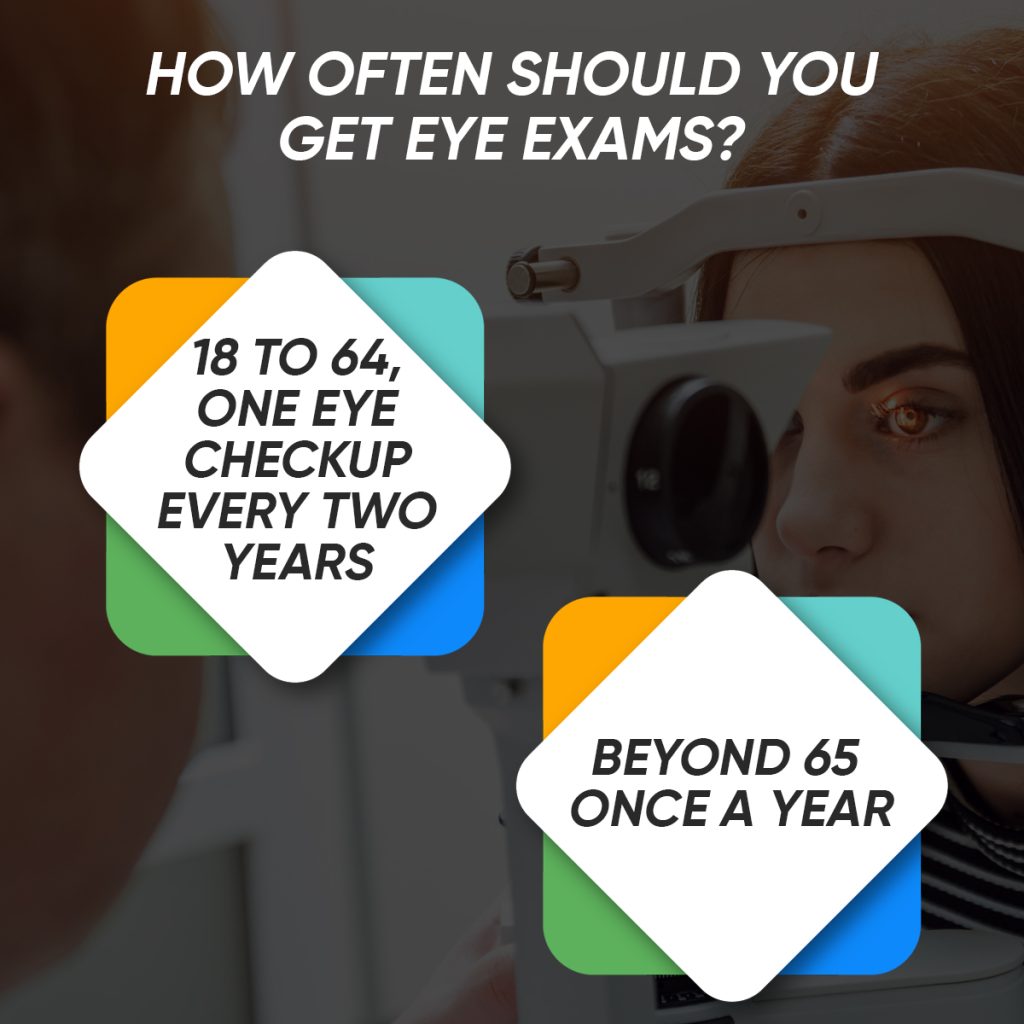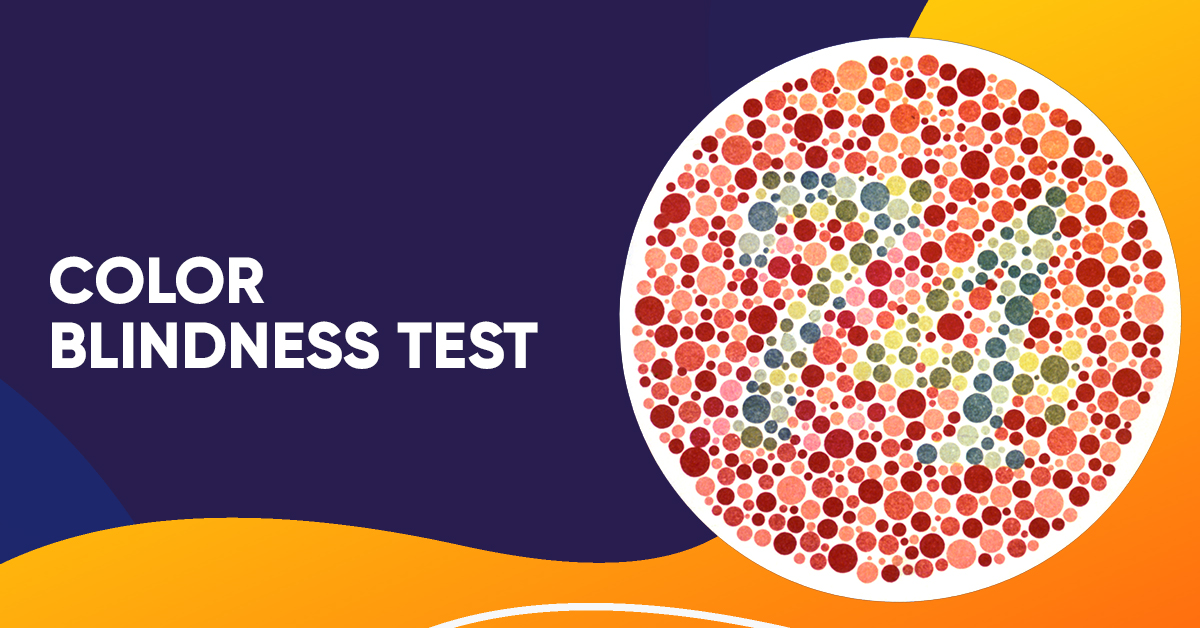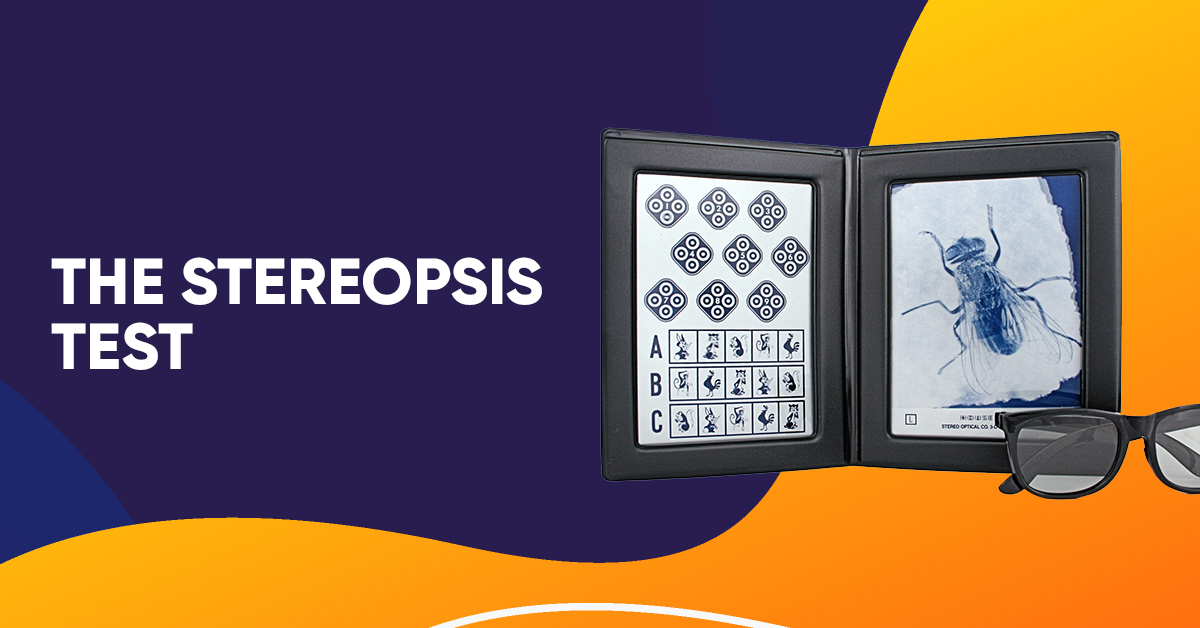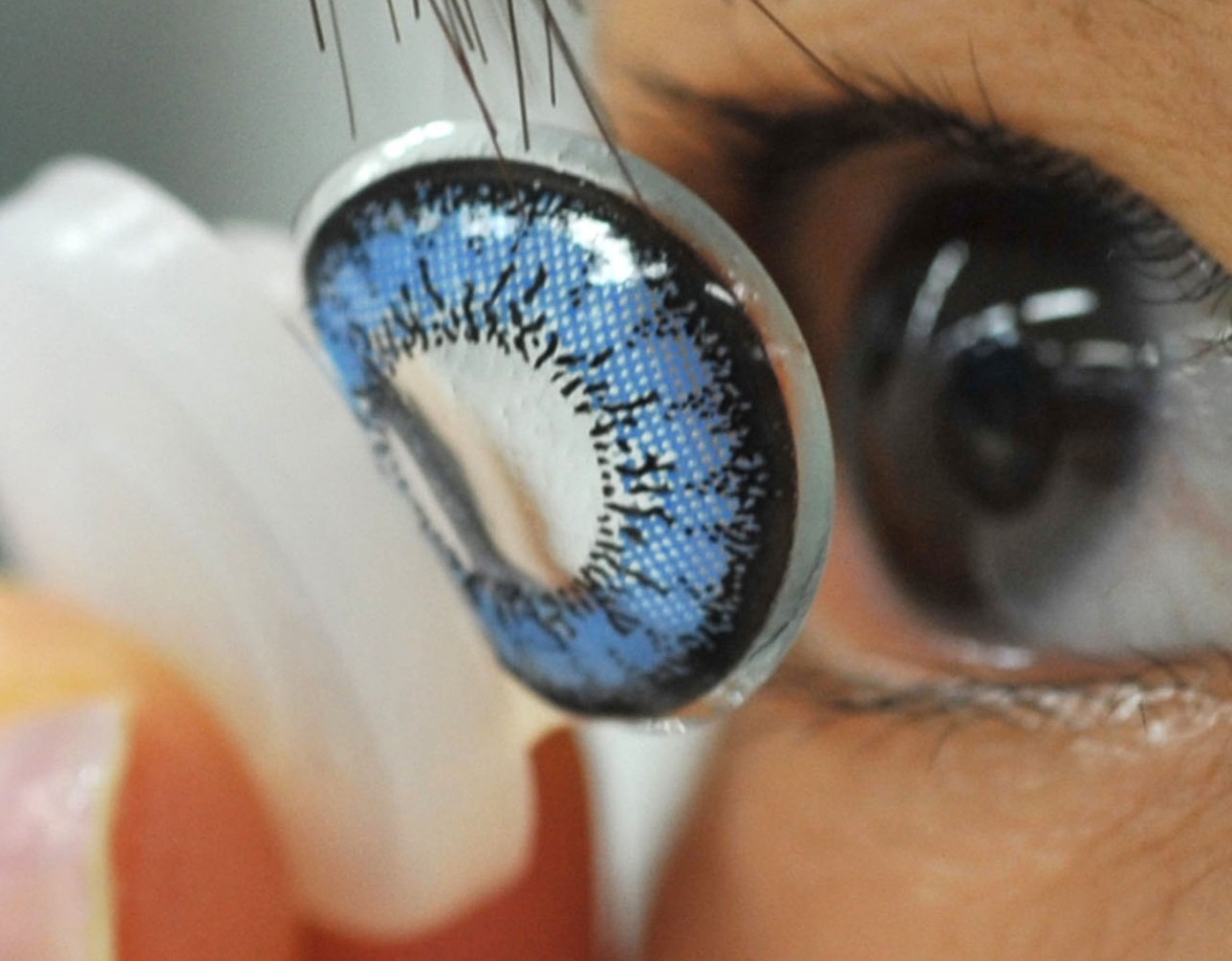If you notice a difference in your vision, you should make an appointment with an eye doctor as soon as possible. But how often should you get an eye exam? Most ophthalmologists and optometrists suggest yearly or biannual comprehensive eye exams.
The human brain is a remarkable adapter, which explains why vision is such an interesting phenomenon. Your brain will swiftly adjust to compensate for the loss of your eyesight as it occurs.
Healthy eyesight requires frequent eye exams. The ophthalmologist checks your prescription and looks for eye issues during an eye exam.
Early treatment can preserve better vision. Let’s look at some characteristics to determine how often eyeglasses users should visit an eye doctor.
Table of contents
Estimated reading time: 9 minutes
What Are Eye Exams & Why Is It Crucial?
To evaluate your eyesight and detect eye problems, an eye exam consists of several diagnostic tests.
Many devices, powerful lights, and lenses are likely to be used by your optometrist to examine your eyes. Your eye doctor can help you correct or adjust to visual changes and advise you on how to care for your eyes if you get regular eye exams.
In addition, an eye exam may reveal information about your eye health. So it is indeed a crucial matter for your eyes.
Signs That You Need to Get Your Eyes Checked
You may keep your eyesight in good shape by having an annual vision exam and following the procedure for thorough dilated eye examinations.
Even if you haven’t had an eye checkup in a while, you should see an ophthalmologist soon if you have any signs of an eye problem. If you notice any of these symptoms, it’s time to have an eye checkup:
- Your eyes are red, dry, and irritating all simultaneously.
- While driving at night, it is difficult for you to read the street signs.
- After sitting in front of a computer for an extended period, you may have headaches, vision problems, or eye strain.
- When you attempt to follow moving targets, you either find it difficult to do so or feel sick and dizzy.
- When you get close to a book or newspaper, you have to strain your eyes to read it.
- Especially after having any head trauma, you suddenly notice alterations in your eyesight. If you have these kinds of indications, you should go to an eye doctor immediately.
- You cannot recall the time when you went to get your eyes checked.
Buy Contact Lenses
How Often Should You Get Eye Exams?

Your age, health, and other factors will all play a role in how often you should get your eyes examined. Between 18 and 64, the American Optometric Association recommends at least one eye checkup every two years.
Your risk of developing cataracts and other vision-impairing conditions increases with age. We may recommend that you receive a checkup once a year beyond 65.
As a result of a family history of eye or vision-related difficulties, you may require more regular eye examinations.
Do You Need To Receive Exams if You Have Good Vision?
If you wear contact lenses or glasses, you require an eye checkup. Even if you have adequate vision, you might still suffer from dry eyes and other health issues.
Other eye diseases like cataracts and glaucoma may develop as you become older.
It’s important to get frequent eye checkups throughout your life. Having regular eye exams by a medical practitioner increases your likelihood of catching vision issues early on.
If you get treatment for these illnesses now, you’ll be less likely to develop more vision problems. Having good eyesight as you get older may also help you preserve your independence as you get older.
What Happens During Your Basic Eye Examination?
You may not know what to anticipate if it’s been a while since your last eye checkup. Your curiosity is justified. An eye exam has several moving parts.
Several tests and treatments determine eye health. Examples are reading an eye chart to estimate visual acuity and using a biomicroscope to investigate eye tissues under magnification.
Full Eye Check-Up Procedure
Here’s a step-by-step approach to a comprehensive eye check-up:
Time needed: 1 hour
Full Eye Check-Up Step By Step
- Pupil Reactions and External Exam
Watching how your pupils respond to light and objects is one of the most important parts of a full eye exam. Your doctor will also check the whites of your eyes and the posture of your eyelids during this procedure.

- The Old Fashioned Eye Chart Test
One of the first things people see during an eye checkup is a visual acuity test. In most cases, an eye chart with progressively smaller letters as you read along each line is used.
Distance visual acuity is measured here. You will also be given a tiny, hand-held eye chart to evaluate your near vision acuity.
- Color Blindness Test
It uses Ishihara Plates, which display a number in small colored circles. Color-blind persons are unable to read the number.

- The Cover Test
Optometrists commonly use the cover test to determine how well your eyes operate together. To pass a cover exam, you must fix your gaze on a small, far-off object.
While you’re staring at the object, your doctor will alternately cover each of your eyes to see how your pupils move.
- Basic Alignment Test
Throughout this exam, your doctor will advise you to keep your head motionless and concentrate on a tiny item, such as a pen.
You’ll need your eyes to track the sluggish movement of this item. To ensure your eyes are aligned properly, the doctor will have you move your eyes in various directions.
- The Stereopsis Test
3D glasses are widely used to perform a stereopsis test, which measures eye-teaming and allows for normal depth perception.
A booklet of designs with four little circles will be provided, and you will be required to identify which of the patterns has a circle that appears to be closer to the others. Eye teaming is good if you can accurately identify the closest circle.
- Measurement of Refractive Index
The prescription for eyeglasses is determined via a refractor test. A phoropter machine is used for this examination, which holds a variety of lenses.
As you view the different lenses, your doctor will ask you if you notice any difference in how well or how poorly you can see each one.
What’s the Best Way to Fix Your Vision?
Contact lenses, glasses, or a mix of the two may be recommended based on the nature of your vision problems.
Wearing Glasses:
Corrective glasses may be an option for you if you’re looking for a low-cost and simple way to improve your eyesight. When you get a new pair of glasses, you’ll likely be able to use them for many years to correct your vision problems.
Additionally, you may choose to get fashionable spectacles with fashionable frames and eye-catching lenses. If you spend a lot of time in front of a computer, you might consider investing in UV-blocking eyewear.
Using Contact Lens
When it comes to improving your eyesight, contact lenses may be the best option for those who regularly misplace tiny items.
When you choose this alternative, you won’t have to worry about remembering your contacts when you’re out and about, going to social events, or working.
The risk of losing your contacts while participating in sports is also reduced.
Buy Contact Lenses
The Benefit of Annual Eye Exams
Regular eye exams can detect several major health issues.
How many people are unaware that they have diabetes, high blood pressure, high cholesterol, or even cancer until a regular eye exam reveals this information?
In a full eye exam, your doctor will be able to examine your retina’s blood vessels, which are a good indicator of the overall health of your blood vessels.
The retina’s blood supply and blood vessels can alter the appearance in conditions including diabetes, hypertension, and hypercholesterolemia.
Everyone, especially diabetics, should get their eyes checked every year (due to obesity, family history or other reasons).
A complete eye exam is the only way to detect early signs of diabetic eye disease and initiate treatment in time to avoid vision loss.
Developing an eye test that can determine your risk for Alzheimer’s disease during a full eye checkup is also advancing.
Note:
“It is estimated that more than half of all cases of vision loss may be avoided. Having regular eye exams can help prevent or lessen the severity of the damage caused by various eye disorders.”
Wrapping Up
We hope you get your answer to the query, “how often you should get an eye exam.”
Regular eye exams are a convenient and painless method to keep your prescriptions up to date and check for any health issues that might influence your vision.
If you have a current prescription, you’ll be able to do more with your computer at work, drive more safely, and accomplish other daily activities that necessitate strong vision.
Reduce the risk of progression in people with moderate to advanced age-related Macular Degeneration (AMD).

Read More:


